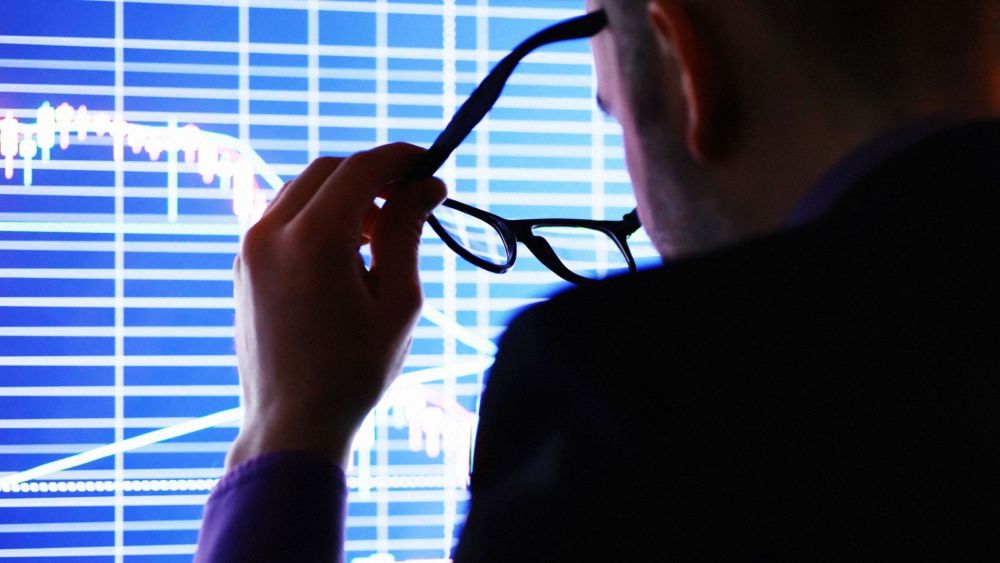We are going to talk about the Bill Williams fractal indicator and about real fractals. You can find them in nature, in behavior and in data. They can be identified visually (in the case of nature or space). They can be identified with testing (in the case of repetitive behavior). And they can be identified through math (in the case of data).
But… do you know one place where they cannot be found? Bar charts.
That’s right. The well-known “fractal indicator” introduced by the trader Bill Williams (trader) in his book “Trading Chaos” is NOT a fractal.

We don’t know what these are, but we can be absolutely sure these bar charts with little arrows all over the place have nothing to do with fractal geometry, electromagnetic theory or gauge theory.
What is a fractal?
Fractals are infinitely repeating patterns where every part of the fractal repeats regardless of how much you zoom in or zoom out.
From Wikipedia:
In mathematics, a fractal is a self-similar subset of Euclidean space whose fractal dimension strictly exceeds its topological dimension. Fractals appear the same at different levels, as illustrated in successive magnifications of the Mandelbrot set. Fractals exhibit similar patterns at increasingly small scales called self-similarity, also known as expanding symmetry or unfolding symmetry; if this replication is exactly the same at every scale, as in the Menger sponge, it is called affine self-similar. Fractal geometry lies within the mathematical branch of measure theory.
In data, the identification of a fractal can be done a few different ways (none of them visually). We discussed some of them last week with Gauge Theory and Hopf fibrations (some of you are still angry with us for making your heads hurt).
You can also identify fractals with electromagnetic theory and specifically Fourier transforms. The Fourier Transform is a tool that breaks a waveform (a function or signal) into an alternate representation, characterized by sine and cosines. This process creates a smooth curve out of otherwise choppy data to identify the direction and duration of an underlying pattern.

Regardless of the methodology used, the main takeaway is that these are all done with mathematical formulas. Eyeballing a chart and suggesting you see a fractal pattern is just as effective as closing your eyes and hitting the buy or sell button randomly (we do not suggest this).
So why did Bill Williams (trader) call it a fractal indicator?
The simple answer is… well, he had to name it something, right? More appropriately, it should have been named the Bill Williams pyramid finder or the Bill Williams commission generator.
When you search for Bill Williams fractal indicator, take a look at the sites that show up in your search. They are all forex brokers. Anyone else find it strange that the only companies telling you about an indicator that finds possible trades everywhere are firms that only profit when you trade more frequently?
The Bill Williams fractal indicator has no mathematical or trading value whatsoever. It’s a visual tool that brokers have pushed because of it’s ability to increase trading frequency (and it looks cool with flashing neon indicators on a black background). Most importantly, it has nothing to do with fractals.
For math nerds like us, it’s annoying. For traders like yourselves, it can be dangerously deceptive.
fractalerts
Want to learn more about fractalerts and how we disseminate the identification of fractals? Fill in the form on our home page and a member of our team would be happy to give you a call or engage via email. Follow our trades. Leave the math to us.
To simply learn more about our process, check out our “The Science” page.
-

The rhytm beneath the noise
-

You Don’t Need a Trading Style. You Need an Edge.
-

Consistency Isn’t the Goal—It’s the Outcome
-

What 2 Quadrillion Data Points Told Us
-

Math and Physics-Based Trading in Any Market Condition
-

Do not worry about anomalies
-

Consistency should not be the goal. Consistency should be the result.
-

Stop canceling fridays
-

The Elliott Wave Forecast is Subjective, Bias Driven And Backwards looking
-

Finding patterns in market data

